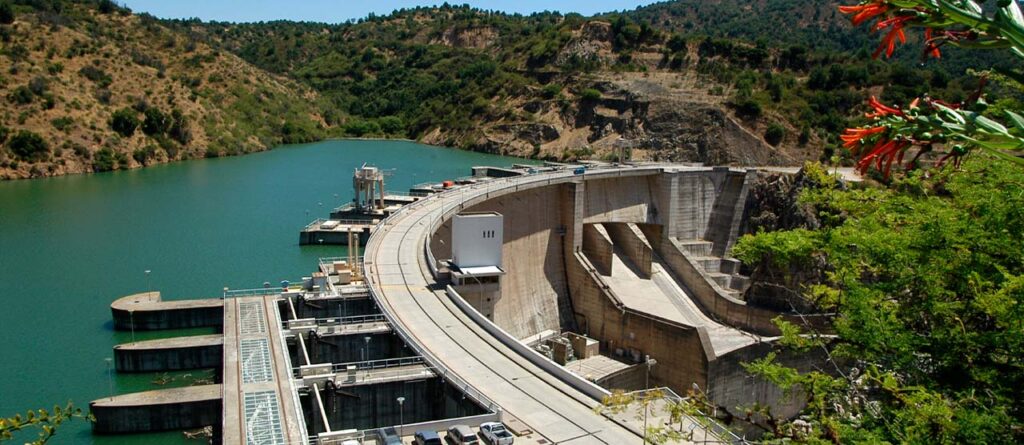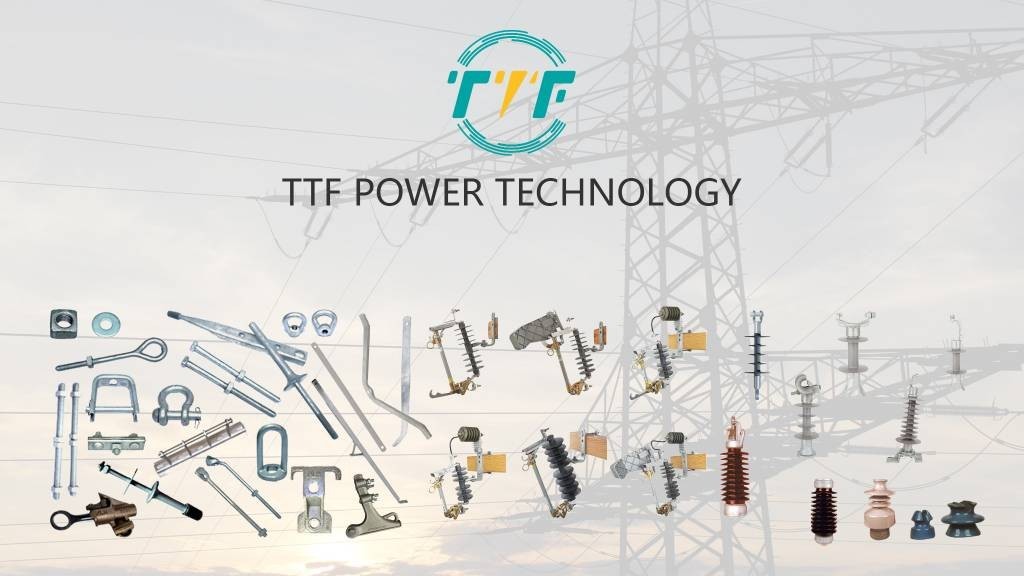
Enel Chile undertook special measures to cut environmental impacts during the construction of the Los Condores hydroelectric plant. The facility will feature a net installed capacity of 153 MW, situated in the elevated mountain area of the Maule region. The initiative aims to use the plentiful water resources in the area to produce electricity. Hydropower is essential for diminishing Chile’s dependence on fossil fuels and addressing the increasing demands. The initiative included the building of a 5.5-kilometer tunnel to direct water from the lake to the facility. It also required the setup of turbines, generators, and transmission lines to link the facility to Chile’s national grid. The facility produces approximately 600 GWh annually, enough to power Chilean homes. The building of the hydroelectric facility requires reinforcing plates to bolster and sustain the towers.
Reinforcing plates ensure the durability, safety, and longevity of the hydroelectric structures. Hydroelectric plants must be designed to withstand earthquakes. Reinforcing plates enhance the rigidity and resilience of structures to ensure they can endure ground movements. Reinforcing plates protect underlying structures from erosion and wear. Hydroelectric plants house heavy machinery like turbines, generators, and transformers. They serve in the foundations and support structures to handle the weight and operational stresses of the equipment. Chile’s focus on renewable energy makes hydroelectric power, which makes it part of its energy mix. Reinforcing plates ensure the structural integrity of plants such as penstocks, turbine housing, and dam structures.
Components of reinforcing plates crucial in hydroelectric plant development
Chile’s hydroelectric plants are in remote areas with mountainous regions such as the Andes. Reinforcing plates are crucial for structural integrity, load distribution, and resistance to environmental stress. This is vital in Chile’s environmental conditions, which include water pressure, and corrosion. Key components include protective coatings, reinforcing features, design elements, and material composition. Reinforcing plates must integrate earthquake-resistant engineering, anti-corrosion treatments, and optimized load-bearing designs. The components ensure the safety and durability of the hydroelectric plant development in Chile.
Technologies implemented in the building of the Los Condores hydroelectric facility in Chile
The plant, with a net installed capacity of 153 MW, was created using innovative technologies to address geological difficulties. These technologies establish a strong, efficient energy production facility. Every technology guarantees that the facility satisfies the strict requirements of Chile’s tough environment. Reinforcing plates operate in the foundations and support structures. They manage the load and working stresses of the equipment. They reduce energy loss, enhance the stability of transmission lines, and ease the integration of renewable energy. Essential technologies utilized consist of:

- Cutting-edge structural and dam technologies—the dam was constructed utilizing high-performance concrete. This improves longevity, quick setting periods, and exceptional resistance to high pressures. Engineers used sophisticated modeling and simulation software to create adaptable joints and incorporate seismic dampers into the building.
- Tunneling and subsurface construction—this involves tunnel boring and drill blast techniques. These are used for water transportation and entry to subterranean power plants. This method offers the accuracy of machine-based digging combined with the flexibility required in more difficult rock structures. Utilizing digital mapping and 3D laser scanning provides immediate feedback on tunnel measurements and positioning.
- Innovations in turbines and generators – Los Condores harnesses the potential energy of water with highly efficient turbines. Integrating these with contemporary generator technology, including digital control systems, helps track performance metrics.
- Environmental and project management technologies – the initiative used sophisticated water quality monitoring systems and evaluations of environmental impact. This is to guarantee that the local ecosystems experienced minimal impact.
Main hurdles encountered during the construction of the Los Condores hydroelectric facility
The development of the Los Condores hydroelectric facility in Chile encountered various technical, environmental, and logistical obstacles. The project required creative approaches to guarantee both sustainability and efficiency due to its elevated position within the nation. Major challenges encountered consist of seismic conditions, extreme weather conditions, water flow management issues, infrastructure challenges, and worker safety. The implementation of creative solutions contributed to the project’s success, even in harsh conditions. This encompasses sophisticated tunneling techniques, earthquake-resistant structures, and eco-friendly water management. Utilizing reinforcing plates aids in tackling many issues by offering load distribution, minimizing the chance of structural failure, avoiding deformation, and prolonging the longevity of the components. They assist in tackling the geological, environmental, and operational issues of the Los Condores hydroelectric facility.

